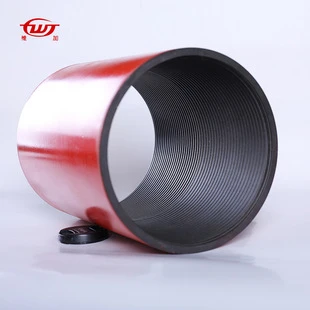- Afrikaans
- Albanian
- Amharic
- Arabic
- Armenian
- Azerbaijani
- Basque
- Belarusian
- Bengali
- Bosnian
- Bulgarian
- Catalan
- Cebuano
- Corsican
- Croatian
- Czech
- Danish
- Dutch
- English
- Esperanto
- Estonian
- Finnish
- French
- Frisian
- Galician
- Georgian
- German
- Greek
- Gujarati
- Haitian Creole
- hausa
- hawaiian
- Hebrew
- Hindi
- Miao
- Hungarian
- Icelandic
- igbo
- Indonesian
- irish
- Italian
- Japanese
- Javanese
- Kannada
- kazakh
- Khmer
- Rwandese
- Korean
- Kurdish
- Kyrgyz
- Lao
- Latin
- Latvian
- Lithuanian
- Luxembourgish
- Macedonian
- Malgashi
- Malay
- Malayalam
- Maltese
- Maori
- Marathi
- Mongolian
- Myanmar
- Nepali
- Norwegian
- Norwegian
- Occitan
- Pashto
- Persian
- Polish
- Portuguese
- Punjabi
- Romanian
- Russian
- Samoan
- Scottish Gaelic
- Serbian
- Sesotho
- Shona
- Sindhi
- Sinhala
- Slovak
- Slovenian
- Somali
- Spanish
- Sundanese
- Swahili
- Swedish
- Tagalog
- Tajik
- Tamil
- Tatar
- Telugu
- Thai
- Turkish
- Turkmen
- Ukrainian
- Urdu
- Uighur
- Uzbek
- Vietnamese
- Welsh
- Bantu
- Yiddish
- Yoruba
- Zulu
Understanding Casing Collars in Oil and Gas Well Construction Techniques
Understanding Casing Collars A Critical Component in Oil and Gas Operations
In the oil and gas industry, ensuring the integrity of drilling operations is paramount. One of the essential components that contribute to this integrity is the casing collar. Casing collars play a crucial role in the construction and maintenance of wells, particularly in providing structural support and facilitating the installation of drilling equipment.
Casing collars are essentially rings that are welded or attached to the casing pipe at specific intervals. These intervals may vary depending on the design of the well, but they are typically placed every 30 to 50 feet. Their primary function is to serve as a point of reference during drilling operations, marking the depth of the casing and helping to ensure that the necessary equipment is properly positioned.
The manufacturing of casing collars involves rigorous quality control measures to meet the industry standards for durability and strength
. They are typically made of high-strength steel to withstand the extreme pressures and temperatures encountered in subsurface environments. This robustness is vital, as the collars must endure not only the weight of the casing but also the various forces exerted during drilling and completion operations.casing collar

An essential aspect of casing collars is their contribution to wellbore stability. They help distribute the load on the surrounding rock formations, preventing collapses that could jeopardize the entire drilling operation. Moreover, the collars can aid in preventing fluid migration in the annulus, which is crucial for maintaining the integrity of the well and protecting groundwater resources.
In addition to their structural support role, casing collars are also integral to the deployment of various tools and technologies in the well. For instance, they provide a secure attachment point for casing centralizers, which ensure that the casing is properly positioned within the wellbore. This positioning is vital for the effective delivery of cement during the cementing process, which is critical for sealing the well and isolating different geological formations.
Casing collars also play a role in well maintenance and intervention. If issues arise downhole, these collars can serve as reference points for operators to identify the location of problems and take necessary corrective actions. Their visibility and accessible design make them invaluable during both drilling and completion phases of well construction.
In conclusion, casing collars are an indispensable part of the oil and gas industry's drilling infrastructure. Their robust design, critical structural support, and facilitation of various drilling operations underscore their importance in ensuring the success and safety of well construction. As the industry continues to evolve, the role of casing collars remains pivotal, reflecting advancements in technology and methods aimed at enhancing the reliability and efficiency of oil and gas exploration and extraction.
-
Tubing Pup Joints: Essential Components for Oil and Gas OperationsNewsJul.10,2025
-
Pup Joints: Essential Components for Reliable Drilling OperationsNewsJul.10,2025
-
Pipe Couplings: Connecting Your World EfficientlyNewsJul.10,2025
-
Mastering Oilfield Operations with Quality Tubing and CasingNewsJul.10,2025
-
High-Quality Casing Couplings for Every NeedNewsJul.10,2025
-
Boost Your Drilling Efficiency with Premium Crossover Tools & Seating NipplesNewsJul.10,2025







